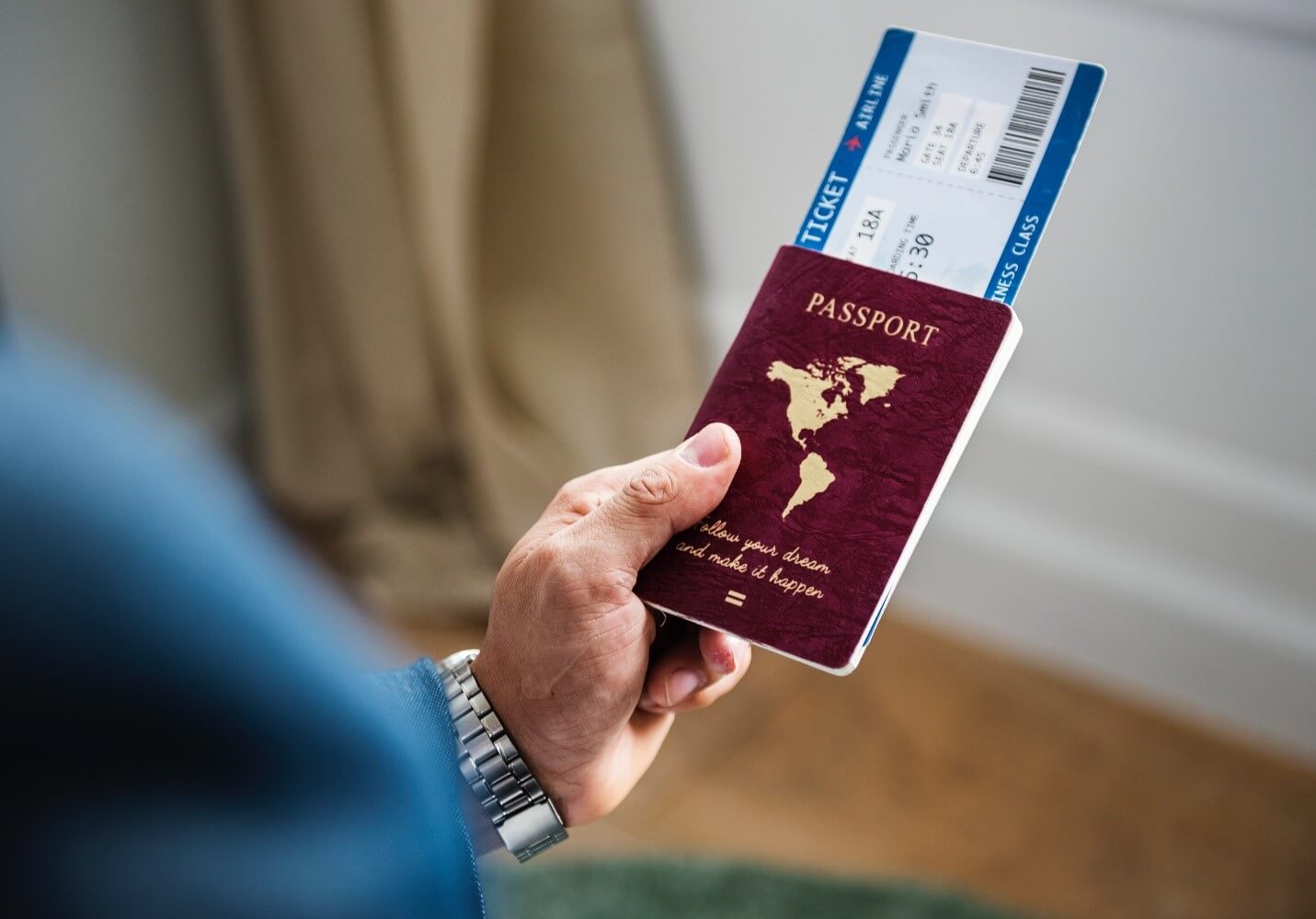In order to enlarge a customer base, many businesses are seeking to enter or expand into foreign markets. However, entering a foreign market requires careful research and strategic planning to be successful. The number of factors to be considered can be huge and may consists of aesthetic attributes, pricing and many other factors in addition to language and cultural considerations that can all have an impact on your success.
A critical factor in the success of a firm’s overseas marketing strategy is having a good website. A website for a foreign market must have content that resonates well with your target audience. If your goal is to reach a broader target audience, be sure to use multimedia (images, videos, text, audio files, etc.). To address loca markets, the website should be designed to be culturally sensitive to the local markets in terms of religion, customs, language, geography, and so on. The idea is to find a balance between all the segments and make them work together to the benefit of your online business presence.
Colors can have a different appeal in different cultural settings; therefore, you are strongly advised to choose them with care, and consider the effect certain colors will have in a given context. In addition to language, be sure to check the consistency of the information in your web copy: any outdated content must be removed. Also, you shouldn’t use the same volume of information for every country or regional target audience. Some cultures prefer pictures over written content. For these cultures, your website localization strategy will be more successful if it makes greater use of graphics. Furthermore, localized content implies respect and attention towards local customers. Local customers feel comfortable and secure when they see a website in their native language that resonates with culturally-specific information.

Another important point to consider is localization through mobile applications. Nowadays, smart phones are everywhere, and you should think about including that segment into your marketing and localization plans. Mobile-based purchasing has become so big that there is even a term for it, m-commerce, as opposed to the classic e-commerce.
Your brand should be kept consistent and recognizable throughout the world, but it is your job to make it appealing for specific markets. Oftentimes, you will have to make many alterations in order to produce a positive effect upon the customers. In verbal communication, tone of voice is a critical consideration. Businesses need to adjust their voices appropriately to target specific audiences, keeping with the overall image of your business (funny, serious, poetic, technical, etc.). To help you with this, there are many glossaries- lists of approved, standardized terms you can use- and you should definitely get a hold of one of them.
The final step towards professional website translation and localization is the use of in-country native speakers to review your copy. An editor/translator has to combine the knowledge of their native language with their cultural background in order to perform well. This final review is a great way to make sure you have a high-quality web copy. Once you are sure the content of your website resonates well with your target audience, you will easily get your marketing message across.
By Sarah Detlef
Sarah Detlef is the owner of 24 Hour Translation and blogs about global marketing strategies. Follow her on Twitter and Facebook.
























Leave a Reply